The first case of leukemia in Vietnam successfully treated with CAR-T cell therapy continues to affirm Vinmec's right direction in finding solutions for incurable diseases, while marking Vietnamese medicine on par with the world's leading medical systems.
These are the shares of Professor Nguyen Thanh Liem, Director of Vinmec Stem Cell and Gene Technology Research Institute, about the breakthrough of the largest private healthcare system in Vietnam.
"The door to life" for incurable diseases
Reporter (PV): Vinmec has just made its mark with the first case of acute leukemia in Vietnam successfully treated with CAR-T therapy. Could you share about this special case?
Professor Nguyen Thanh Liem: First of all, let me talk a little about CAR-T therapy. T white blood cells are one of the most important immune “shields” of the human body. However, cancer cells are very sophisticated, always trying to hide, so T cells cannot approach and destroy them.
In this therapy, T cells are extracted from the blood and added with the CAR gene (a structure that can bind to the surface antigens of cancer cells), forming CAR-T cells and then reinjected back into the patient’s body. Equipped with additional “weapons” and multiplying to a large enough number, the CAR-T army will easily find and destroy cancer cells.
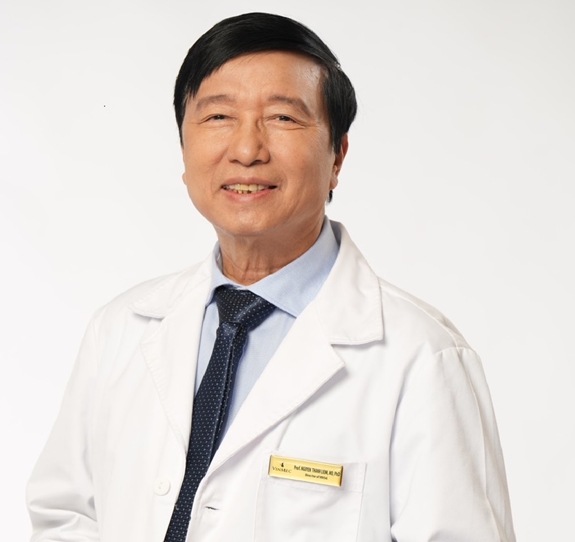 |
| Professor Nguyen Thanh Liem. |
The case you mentioned is that of patient Tran Bao Chi, born in 2019. In January 2022, the patient was diagnosed with leukemia. At that time, 90% of the bone marrow was malignant cells. The patient had undergone 5 cycles of chemotherapy but did not respond. Normally, such resistant cases will die very quickly. The survival time is very short, only a few weeks.
Chi was transferred to Vinmec with the last ray of hope. On July 19, 2023, the patient underwent CAR-T cell transfer. The monitoring process showed that as the CAR-T concentration increased, the cancer cells also decreased and gradually reached 0.
Now, after one month, blood tests and bone marrow aspiration have not detected any malignant cells. It can be said that the patient is in complete remission.
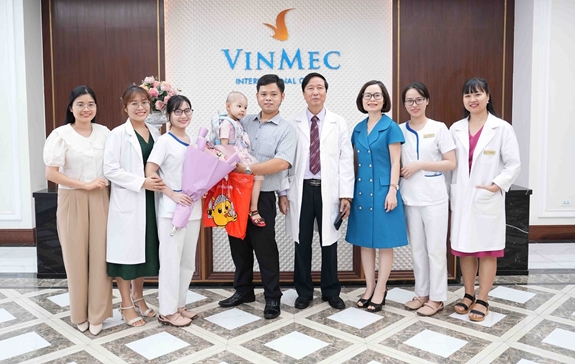 |
| Patient Bao Chi was discharged from the hospital on August 21 to the joy of her family and the medical team. |
PV: What does this new step mean for patients with incurable diseases and Vietnamese medicine in general, Professor?
Professor Nguyen Thanh Liem: Vinmec has mastered stem cell research technology to treat autism, cerebral palsy, etc. However, these are still chronic diseases, and patients still have to wait. As for cancer, time is sometimes measured in days. Therefore, CAR-T therapy will open the "door to life" for patients with a death sentence when traditional treatments are no longer effective.
Technically, this is a high-tech, complex technology that not many centers in the world can do. Currently, there are only a few centers in the US and Europe. In Asia, Japan has just started doing it. Singapore is implementing it but the blood must be taken and sent away, not cultured on site like Vinmec. Therefore, Vinmec's success has affirmed that Vietnamese scientists are fully capable of mastering the most high-tech, complex technologies in medicine and disease treatment.
On this foundation, Vinmec aims to further treat other types of cancer such as brain tumors, neuroblastoma, liver cancer, skin cancer, etc. and even lymphomas. In particular, this new step also allows us to master gene editing technology to treat genetic diseases. In the near future, we will focus on thalassemia, which is very common in Vietnam.
Cell “medicine” will soon become a reality
PV: In Vietnam, Vinmec is not only a pioneer but also invests heavily in the field of gene technology and cell medicine. Why did Vinmec choose this direction, Professor?
Professor Nguyen Thanh Liem: Currently, Vietnamese medicine has solved common diseases quite well. But there are still many incurable diseases that have not been solved by conventional methods. We are still helpless in the face of diseases and conditions considered incurable such as cancer, autism, cerebral palsy, etc.
On the other hand, treating these diseases requires very high technology, is extremely expensive and does not bring much economic benefit. Vinmec is determined to find solutions to diseases that have not been solved anywhere or cannot be solved due to lack of scientific capacity, funding, equipment, etc. Vinmec's biggest goal is humanity and contributing to improving the quality of life of the people.
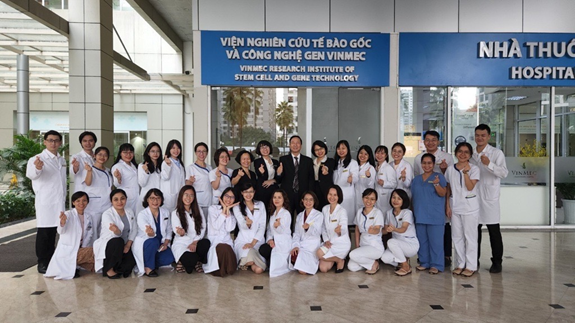 |
Vinmec's medical team always strives to find solutions to difficult diseases, contributing to improving people's quality of life. |
PV: So where is Vinmec and Vietnam compared to the world in the field of cell medicine? And when can cell therapy become a “medicine” for widespread application?
Professor Nguyen Thanh Liem: Regarding research on the application of cell technology in treatment, it can be affirmed that Vinmec is ahead of many major centers in the world. Currently, Vinmec has nearly 40 research works published in prestigious international journals.
Regarding progress, to date, some of Vinmec's therapies have been licensed for research by the Ministry of Health, such as stem cell transplantation to treat autism, cerebral palsy, autoimmune diseases, and most recently CAR-T to treat leukemia. Very early this year or next year, the trials will be completed.
With very positive initial results and the support of the Ministry of Health for the value and significance that the therapies bring to society, we can fully hope that in a short time, cell therapy will become an effective "medicine" widely used in treatment.
PV: But the cost of these treatments is currently very high. According to the Professor, what are the opportunities for the general public, instead of just being a privilege for the rich?
Professor Nguyen Thanh Liem: Compared to other countries, our treatment costs are currently much lower. For example, the cost of CAR-T treatment in the US is about 1.5 million USD. In Singapore, the cost of sampling alone is up to 300 to 400 thousand USD. Very few Vietnamese patients can afford that amount.
At Vinmec, according to incomplete calculations, the cost of one procedure is about 2.5 - 3 billion VND, which is less than 1/10 of the cost in the US. During the research process, all of these costs were sponsored by Vingroup.
In the future, we hope to see cell therapies covered by health insurance, similar to open heart surgery or robotic surgery. We will also move towards self-manufacturing of the cells and increasing capacity to reduce costs. This will then become a regenerative opportunity for many patients.
PV: Thank you, Professor!
CAO TUAN
Source




![[Photo] Prime Minister Pham Minh Chinh receives Country Director of the World Bank Regional Office for Vietnam, Laos, Cambodia](https://vphoto.vietnam.vn/thumb/1200x675/vietnam/resource/IMAGE/2025/5/15/2c7898852fa74a67a7d39e601e287d48)


![[Photo] National Assembly Chairman Tran Thanh Man meets with Thai Prime Minister Paetongtarn Shinawatra](https://vphoto.vietnam.vn/thumb/1200x675/vietnam/resource/IMAGE/2025/5/15/e71160b1572a457395f2816d84a18b45)
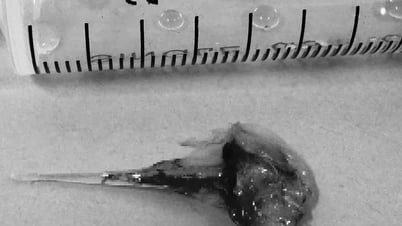

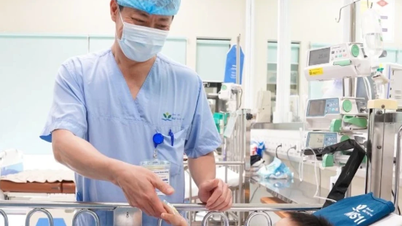



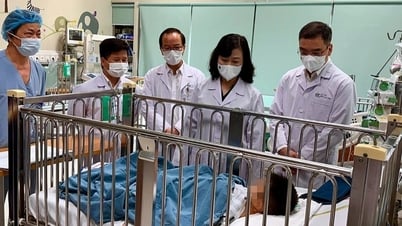

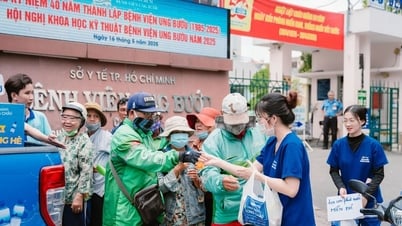
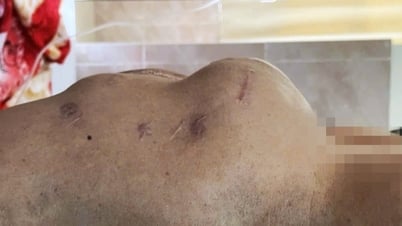




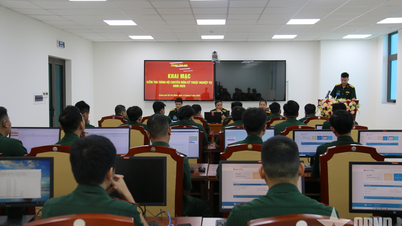
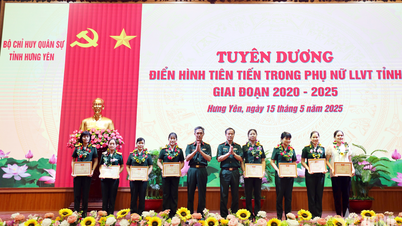
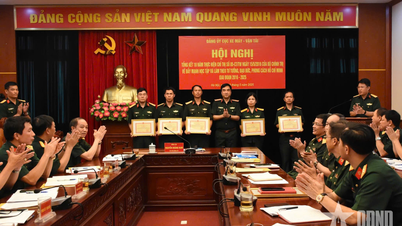
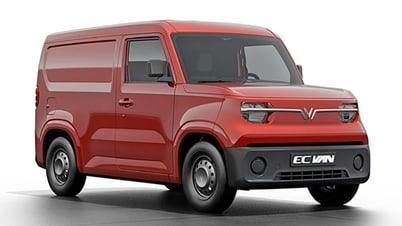
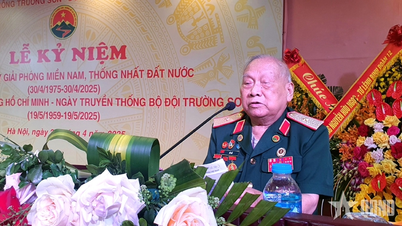
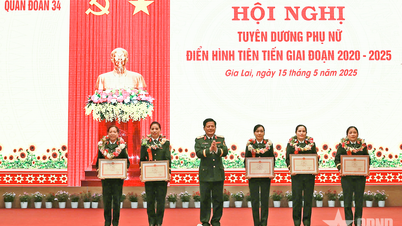
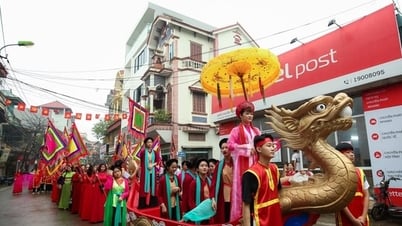







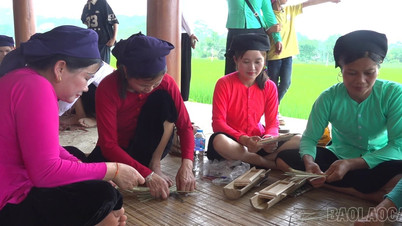

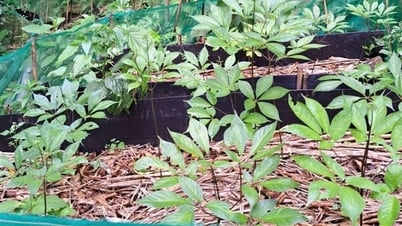







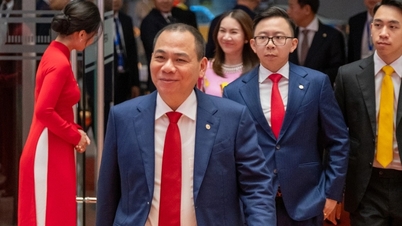









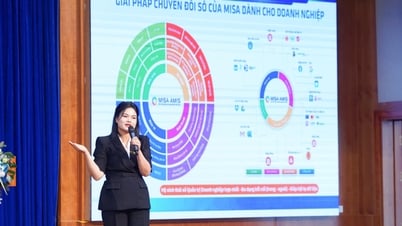



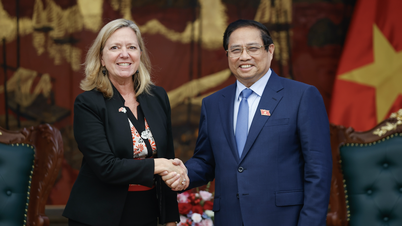




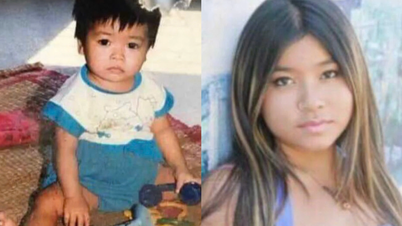

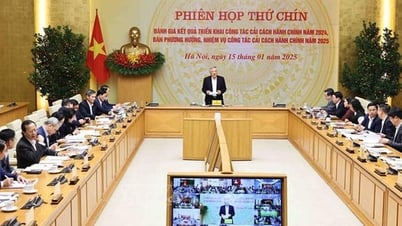

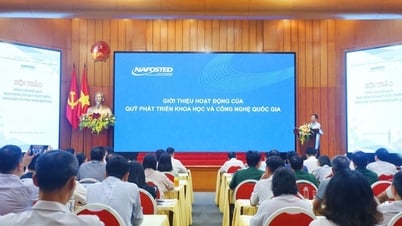

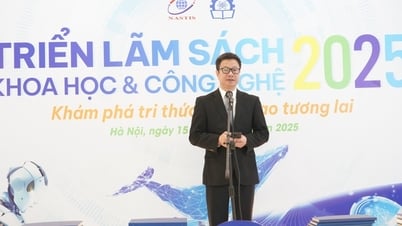
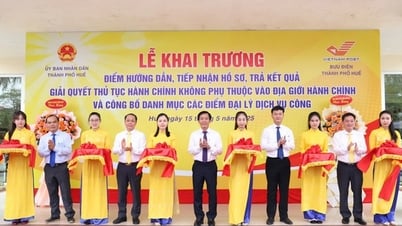
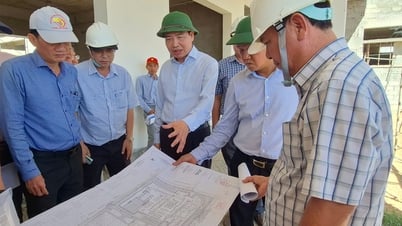

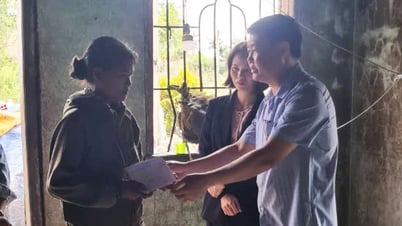
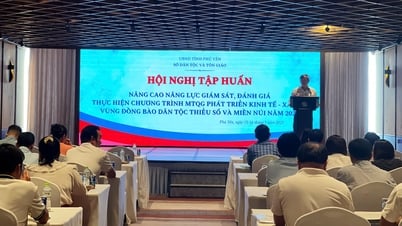

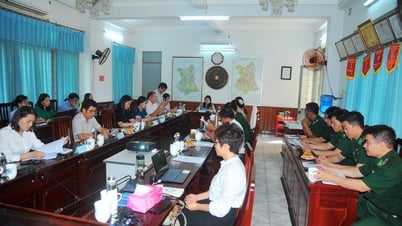
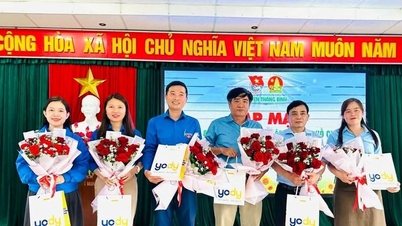

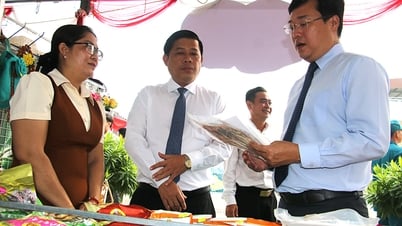


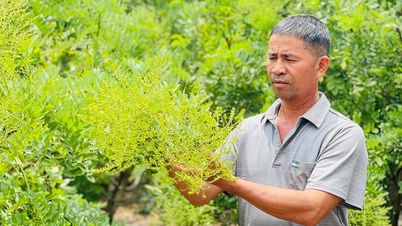

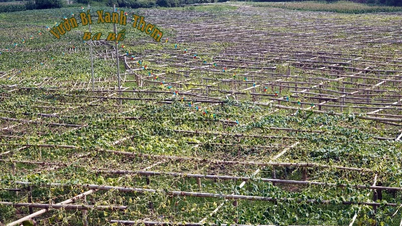

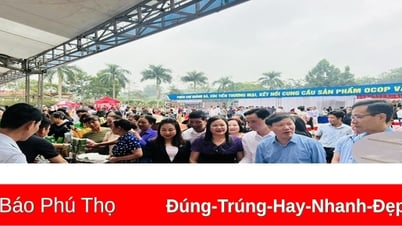


Comment (0)